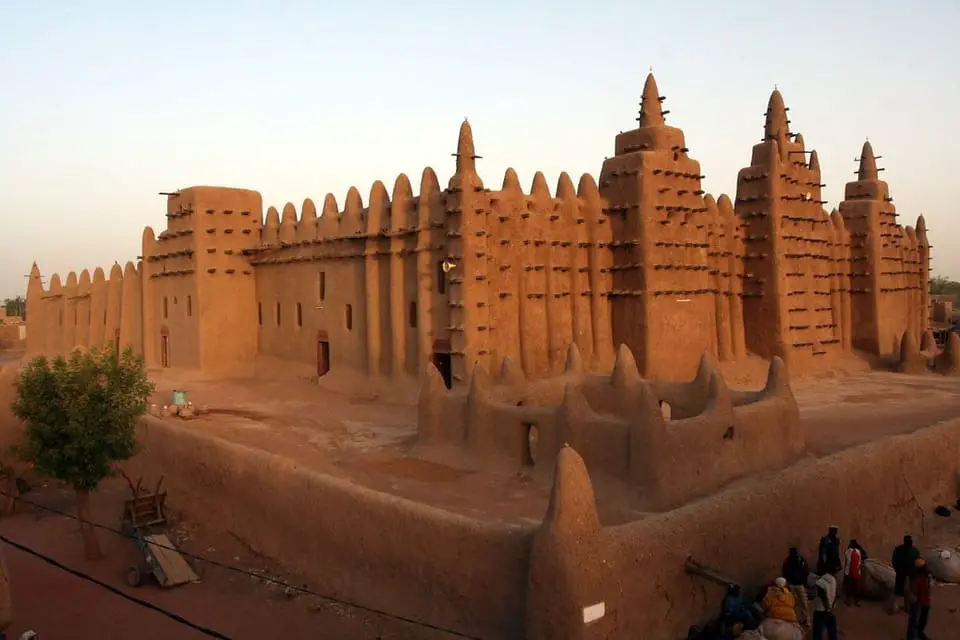Devon Island: The Most Mars-like Place on Earth

If you’ve ever dreamed of being one of the first explorers on Mars, you’ll definitely want to add Devon Island to your bucket list. This remote island in the Canadian Arctic archipelago is often called “Mars on Earth” due to its striking resemblance to the Red Planet.
Why Devon Island is Like Mars
Located in Baffin Bay off the coast of Northern Canada, devon island has an incredibly harsh, barren and Mars-like environment for a few key reasons:
Extreme Cold

With an average annual temperature around -16°C (3°F), Devon Island is a perpetual frozen desert. The ground remains frozen solid for all but a brief 45-50 day summer window when temperatures barely climb above freezing.
Dry, Desert Landscape

Devon Island gets very little precipitation and what little snow/rain falls quickly sublimes back into water vapor in the dry Arctic air.
This leaves behind a parched, desiccated landscape of frost-shattered rocks that’s practically devoid of life.
Massive Impact Crater

The island’s most striking Mars-like feature is the Haughton impact crater – a staggering 23km (14 mile) wide crater formed 39 million years ago when a 2km meteor slammed into the surface. With minimal erosion from wind or water, it looks just like a crater you’d see on the Martian surface.
Studying Mars on Devon Island
Because of these parallels to Mars, Devon Island has been home to the Haughton Mars Project (HMP) research station every summer since 2001.

This NASA-funded international project uses the island’s unique geology to simulate living/working conditions humans would face exploring Mars.
Research focuses on testing future Mars expedition strategies, surface operations, unpressurized rover capabilities, and the scientific study of meteor impacts on rocky bodies like Mars.
The main HMP camp is located right on the ridge of the Haughton crater for easy access.
While most of Devon Island matches Mars’ extreme cold desert, there is one small area with some signs of life. The relatively lush “Truelove Lowlands” in the northeast supports some tundra vegetation like moss and lichen grazed on by musk oxen.
There are even some microorganisms and bird species calling this tiny oasis home. But aside from that, the rest of Devon Island is a near-perfect stand-in for the Red Planet.
Visiting the Mars-like Devon Island

Most visitors exploring Devon Island are scientists and researchers working with the Haughton Mars Project.
However, it is possible for adventurous travelers to visit this intriguing island through guided tours and expeditions during the summer field season.
Major tour operators like Arctic Kingdom offer multi-day hiking and camping adventures to Devon Island and the Mars-like Haughton crater.
You can explore the barren terrain by foot, ATV, or even overnight in a simulated Mars habitat. It’s about as close as you can get to walking on the actual surface of Mars here on Earth!
While pricey and logistically difficult to get to, for space exploration fans there’s no place else on the planet that can match the unique experience of exploring the Mars-like wonders of Devon Island in the Canadian Arctic. Just be sure to bundle up!




